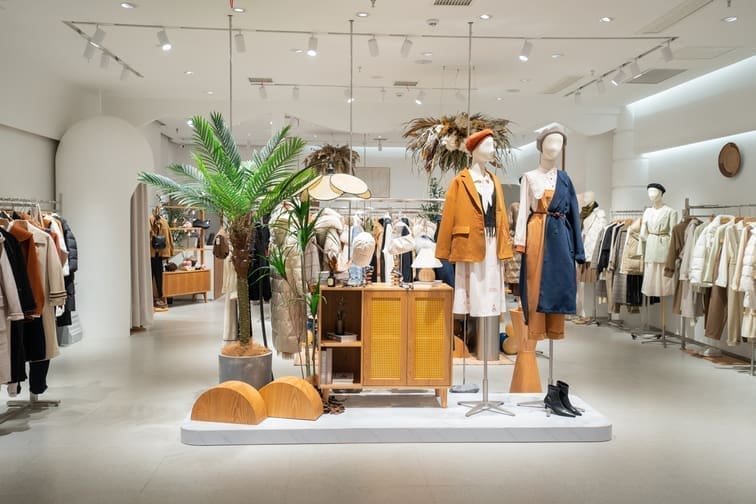Luxury distribution trends are constantly evolving as consumer preferences continue to shift in the ever-changing landscape of the luxury retail market. Understanding these trends is essential for luxury brands to effectively manage their prestige and stay ahead of the competition.
One major trend in luxury distribution is the rise of online shopping. With the growth of e-commerce, luxury brands are increasingly investing in their online presence to cater to the growing number of consumers who prefer to shop online. In fact, online sales of luxury goods have been on the rise in recent years, making it crucial for luxury brands to have a strong digital strategy in place.
Another trend to consider is the increasing demand for sustainable and ethically sourced luxury products. Today’s consumers are more conscious about the environmental and social impact of their purchases, leading luxury brands to adopt more sustainable practices in their distribution process. This includes using environmentally friendly materials, reducing waste, and ensuring fair labor practices throughout their supply chain.
Personalization is also a key trend in luxury distribution. Consumers are looking for unique and personalized experiences when shopping for luxury goods. Luxury brands are leveraging technology, such as data analytics and artificial intelligence, to create personalized shopping experiences for their customers. From personalized recommendations to bespoke products, personalization is becoming a must-have for luxury brands looking to attract and retain customers.
Furthermore, the consumer shift towards experiences over material possessions is another trend that luxury brands need to consider. Consumers are increasingly seeking out experiences, such as travel, dining, and events, over physical goods. Luxury brands need to find ways to tap into this trend by offering experiential elements in their distribution strategy, such as exclusive events, VIP services, and immersive brand experiences.
In addition, the rise of social media and influencer marketing is shaping the way luxury brands distribute their products. Social media platforms like Instagram and TikTok have become powerful tools for luxury brands to engage with their target audience and drive sales. Influencers play a key role in promoting luxury products to their followers, making influencer partnerships a valuable avenue for luxury brands to reach new customers and increase brand awareness.
Overall, understanding consumer preferences is crucial for luxury brands to effectively manage their prestige and succeed in the competitive luxury retail market. By staying abreast of these luxury distribution trends, luxury brands can adapt their distribution strategies to meet the evolving needs and desires of their target audience. Embracing these trends and leveraging them to create unique and personalized experiences for consumers will ultimately drive success and growth for luxury brands in today’s competitive marketplace.

In conclusion, managing prestige in luxury distribution presents unique challenges and opportunities for businesses. By balancing exclusivity with accessibility, maintaining brand integrity, and adapting to changing consumer preferences, companies can successfully navigate the ever-changing landscape of the luxury market. Through strategic planning and a deep understanding of customer desires, businesses can continue to thrive and maintain their prestige in the competitive world of luxury distribution.